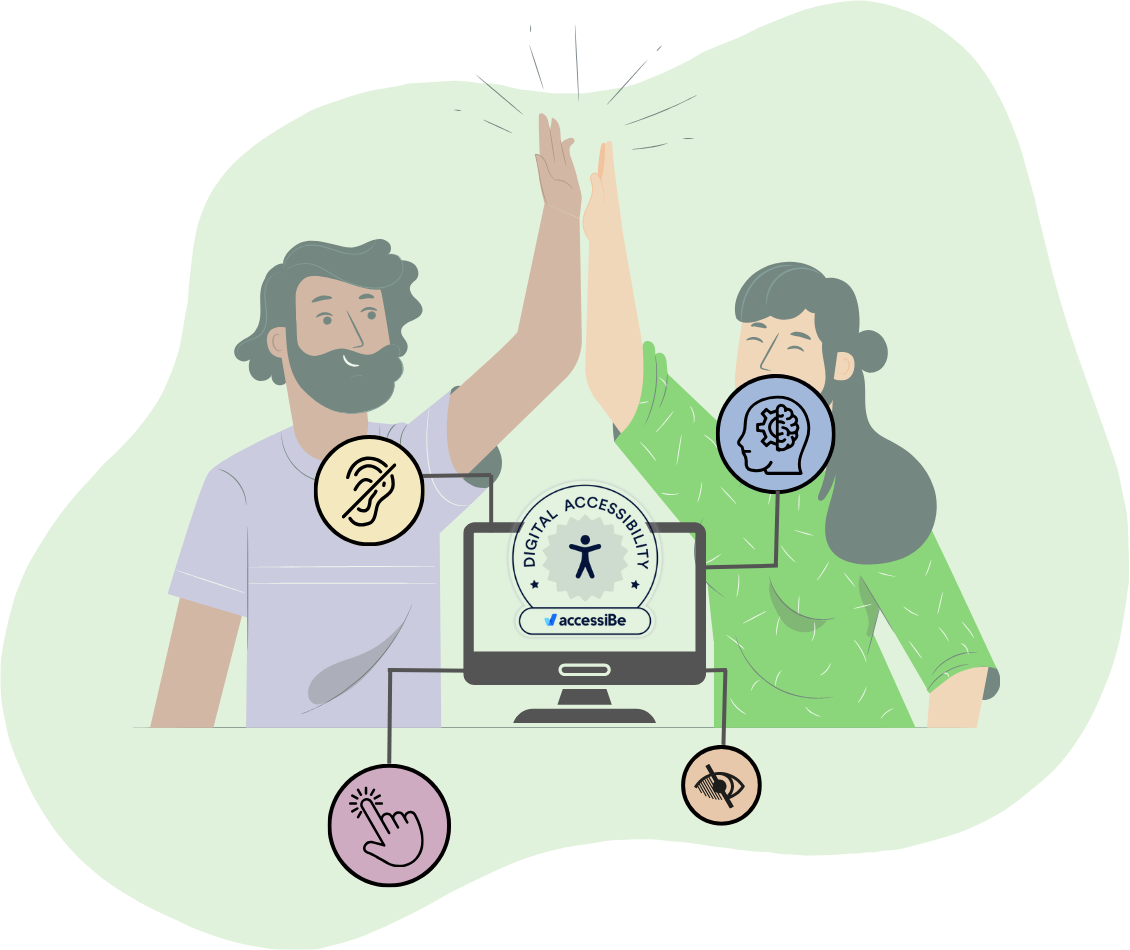Listen. We like analogies around here, and with as much time as our kids spend playing games like Minecraft and Pokemon, it’s bound to happen. Are we comparing your website and the process you approach it with to fantastical creatures that evolve inside little tiny balls and battle one another? Yes... yes we are.
Regardless of when your last website refresh was, there’s always this idea that upon “completion,” you’ve reached the final iteration of the website you wanted... the dopamine fix of “catching that Pokemon” is definitely exciting, but what's next?
After you launch your website, is it really as finished as you believe it is? You can ask every developer on the planet and their answer will be a resounding, “No!” A website is never finished, and once you realize that, you can enter a new world that the industry now calls Growth-Driven Design.
So often post-launch we encounter clients with a wish list: features and other small projects that popped up during design but weren’t within scope. “It would be so nice if ________” or “What if we added __________ to this module to make it easier to update the content?” Clients that spend a lot of time on their marketing soon realize that it makes sense to have an ongoing relationship with their website developer, because they understand that their website is a constantly evolving beast.
Here are a few reasons that we think growth-driven design is right up your alley and why your website isn’t that different from playing Pokemon.
Tools that served you before may not serve you as you grow
Sure, Pikachu is cute and all, but Raichu is much more powerful and comes with a bigger set of tools or abilities at his disposal to help you win the battle against your competition for website leads.
Whether it’s developing a cost analysis calculator or price comparison tool, or integrating an important business application, there’s always something you can do to enhance the user experience of clients and prospects seeking information on your website. You may want to add a customer portal or tweak your most commonly used module to create a site that’s easy to navigate for both sales and prospects.
Savvy marketers develop a deep understanding of the complex buying journey surrounding their products and services. As you further break down the buying process and plan content for your website, you may find that the site you designed needs additions in order to facilitate the buying process.
You’re going head to head with your competitors
While the battle may not be quite as intense as a Pokemon training battle, you still want to be prepared to go head to head with your competitors online. You can catch up with them, or even best them, by doing research on the top contenders in your industry and their offerings. Use this research when planning your marketing, including any website additions you may be considering.
If your biggest competition has a large resource section on its site, with multiple blog articles, case studies, white papers, and webinars, consider developing a mega menu that allows you to showcase the information you offer in an easy-to-navigate place.
Understanding what others in your industry are doing will help you stay ahead of the curve and competitively situated when it comes to the evolution of your website.
The team has changing needs and goals
You need to make sure that your marketing team has the tools to do their job properly. Happy employees are 13% more productive, according to a UK study. Many organizations spend too much time planning the design of their website and not enough on how the backend should work for their marketing team. You should make planning your modules and user functions in the backend be part of the design process from the beginning, then continue to address these needs by making regular changes and adding strategic features.
Page templates should be easily accessible and set up properly, and different module iterations should be labeled intuitively. Backend users should be able to easily create pages, add content, and edit and optimize that content. HubSpot CMS makes it particularly easy for marketers. Because it is such a user-friendly platform, tasks like adding opacity or sizing options to a hero module places give marketers even more flexibility and control..The more space a marketer has for freedom, creativity, and flexibility, the more ways they can experiment to deliver remarkable content into the hands of the user — and the more your business benefits.
Related: Happy Employees, Happy Customers: API Integrations Improve Organizational Health
Planning your resources maximizes your success
While in-game resources might respawn in Pokemon, strategically planning how you use them helps ensure sustainable success. The same is true for the financial resources you allocate toward your website strategy. By having a monthly budget that you allocate toward growth-driven design, you can ensure that your website continues to evolve and your teams have the tools they need. Progress won’t be inhibited by an outdated website that doesn’t suit the growing needs of your marketers and the prospects and customers your website is serving.
Allocating a monthly budget toward the continued optimization and growth of your website lets you keep small changes moving along. This avoids stagnation in your pipeline, reduces frustration from your team, and ultimately makes more money in the long run.
Growth-driven design takes the preconceptions of web development to the next level by assigning them a predictable cost and breaking them down into monthly projects that are much more sustainable. The belief behind growth-driven design is that your website is constantly evolving. It is the ultimate Pokemon, because it never stops improving its features to ensure it remains the most competitive champion of your business’s vision and mission.
A sustainable plan is invaluable. It allows you to dream your biggest dreams, because when you break them into small steps, the entire world is at your disposal. Gloria Steinem said, “Without leaps of imagination or dreaming, we lose excitement of possibilities. Dreaming, after all, is a form of planning.” When you dream big and plan your resources accordingly, nothing is outside your reach.






